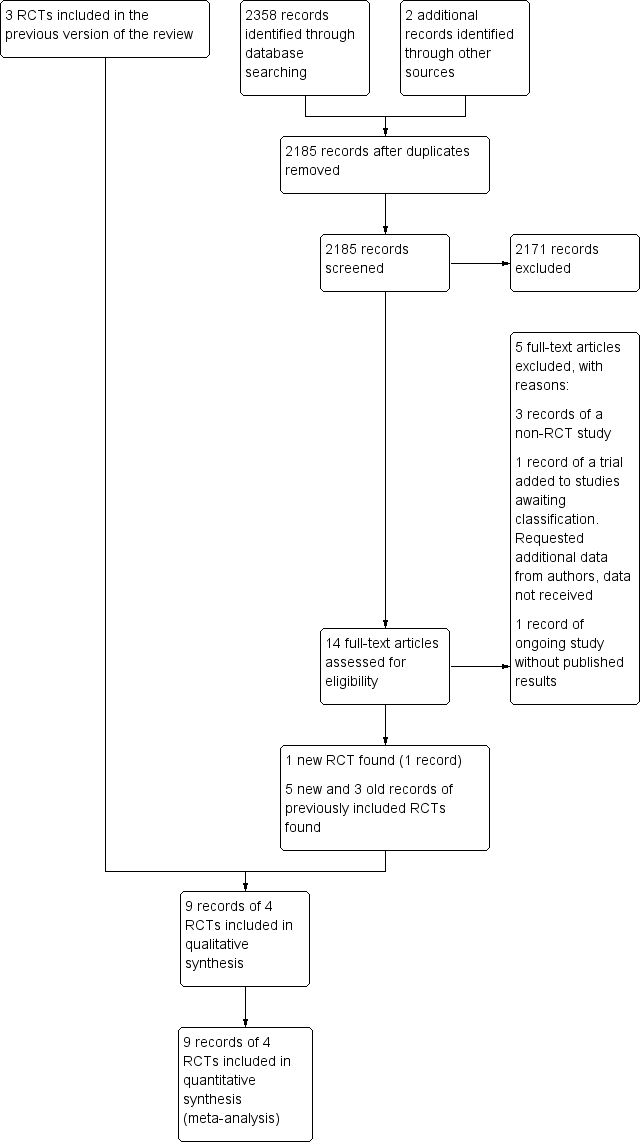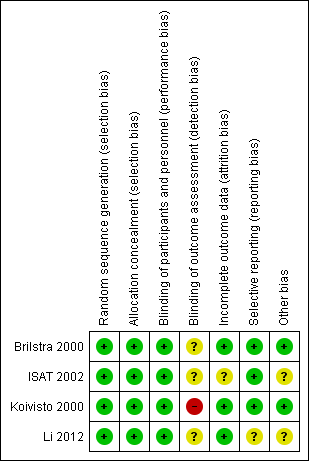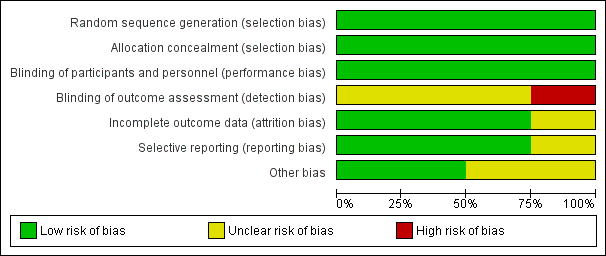Contenido relacionado
Revisiones y protocolos relacionados
Luying Ryan Li, Chao You, Bhuwan Chaudhary | 22 marzo 2016
Sanne Dorhout Mees, Walter M van den Bergh, Ale Algra, Gabriel JE Rinkel | 17 octubre 2007
Shihong Zhang, Lichun Wang, Ming Liu, Bo Wu | 17 febrero 2010
Sanne Dorhout Mees, Gabriel JE Rinkel, Valery L Feigin, Ale Algra, Walter M van den Bergh, Marinus Vermeulen, Jan van Gijn | 18 julio 2007
Peter C Whitfield, Peter Kirkpatrick | 23 abril 2001
Gabriel JE Rinkel, Valery L Feigin, Ale Algra, Jan van Gijn | 18 octubre 2004
Zhou Liu, Lingying Liu, Zhijian Zhang, Zuhui Chen, Bin Zhao | 30 abril 2013
Valery L Feigin, Neil Anderson, Gabriel JE Rinkel, Ale Algra, Jan van Gijn, Derrick A Bennett | 20 julio 2005
Jia Guo, Zhenghong Shi, KeHu Yang, Jin Hui Tian, Lei Jiang | 12 septiembre 2012
Stephen Badger, Rachel Forster, Paul H Blair, Peter Ellis, Frank Kee, Denis W Harkin | 26 mayo 2017
Respuestas clínicas Cochrane
Jane Burch, Agustín Ciapponi | 1 noviembre 2018























